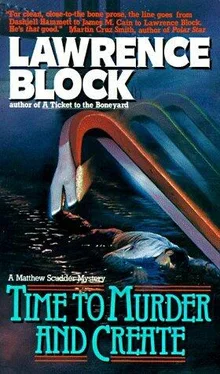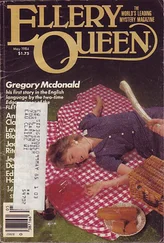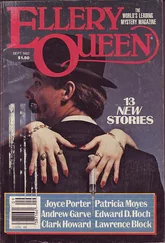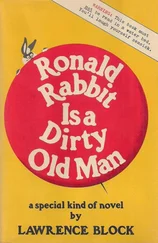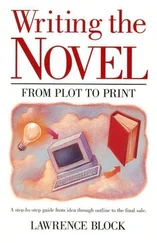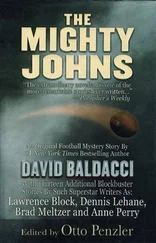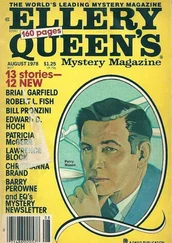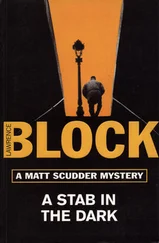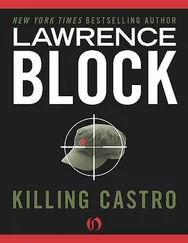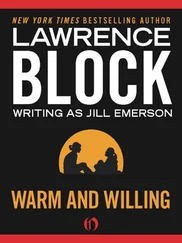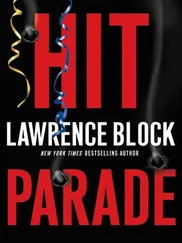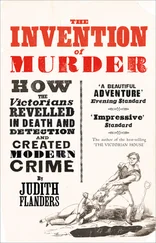Then she came back and married Kermit Ethridge, and if she hadn’t gotten her picture in the paper at just the wrong time, she’d have been home free.
The Huysendahl material was hard to take. The documentary evidence was nothing special: the names of some prepubescent boys and the dates on which Ted Huysendahl had allegedly had sexual relations with them, a stat of hospital records indicating that Huysendahl had sprung for treatment of internal injuries and lacerations for one Jeffrey Kramer, age eleven. But the pictures did not leave you with the feeling that you were looking at the people’s choice for the next governor of New York State.
There were an even dozen of them, and they portrayed a fairly full repertoire. The worst one showed Huysendahl’s partner, a young and slender black boy, with his face contorted in pain while Huysendahl penetrated him anally. The kid was looking straight at the camera in that shot, as in several of the others, and it was certainly possible that the facial expression of agony was nothing but theater, but that possibility wouldn’t prevent nine out of ten average citizens from gladly fitting a noose around Huysendahl’s neck and hanging him from the nearest lamppost.
At four thirty that afternoon I was in a reception room on the twenty-second floor of a glass and steel office building on Park Avenue in the high Forties. The receptionist and I had the room to ourselves. She was behind a U-shaped ebony desk. She was a shade lighter than the desk, and she wore her hair in a tight-cropped Afro. I sat on a vinyl couch the same color as the desk. The small white parson’s table beside it was sparsely covered with magazines: Architectural Forum, Scientific American , a couple different golf magazines, last week’s Sports Illustrated . I didn’t think any of them would tell me anything I wanted to know, so I left them where they were and looked at the small oil on the far wall. It was an amateurish seascape with a great many small boats cavorting on a turbulent ocean. Men leaned over the sides of the boat in the foreground. They seemed to be vomiting, but it was hard to believe the artist had intended it that way.
“Mrs. Prager painted that,” the girl said. “His wife?”
“It’s interesting.”
“All those in his office, she painted them, too. It must be wonderful to have a talent like that.”
“It must be.”
“And she never had a lesson in her life.”
The receptionist found this more remarkable than I did. I wondered when Mrs. Prager had taken up painting. After her children were grown, I supposed. There were three Prager children: a boy in medical school at the University of Buffalo, a married daughter in California, and the youngest, Stacy. They had all left the nest now, and Mrs. Prager lived in a landlocked house in Rye and painted stormy seascapes.
“He’s off the phone now,” the girl said. “I didn’t get your name, I’m afraid.”
“Matthew Scudder,” I said.
She buzzed him to announce my presence. I hadn’t expected the name would mean anything to him, and it evidently didn’t, because she asked me what my visit was in reference to.
“I’m representing the Michael Litvak project.”
If that registered, Prager wasn’t letting on. She conveyed his continued puzzlement. “The Hit-and-Run Cooperative,” I said. “The Michael Litvak project. It’s a confidential matter, I’m sure he’ll want to see me.”
I was sure he wouldn’t want to see me at all, actually, but she repeated my words and he couldn’t really avoid it. “He’ll see you now,” she said, and nodded her curly little head at a door marked PRIVATE.
His office was spacious, the far wall all glass with a rather impressive view of a city that looks better the higher up you go. The decor was traditional, in sharp contrast to the harsh modern furnishings of the reception room. The walls were paneled in dark wood — individual boards, not the plywood stuff. The carpet was the color of tawny port wine. There were a lot of pictures on the walls, all of them seascapes, all unmistakably the work of Mrs. Henry Prager.
I had seen his picture in the papers I’d scanned in the microfilm room at the library. Just head-and-shoulder shots, but they had prepared me for a larger man than the one who now stood up behind the broad leather-topped desk. And the face in the Bachrach photo had beamed with calm assurance. Now it was lined with apprehension pinned in place by caution. I approached the desk, and we stood looking each other over. He seemed to be considering whether or not to offer his hand. He decided against it.
He said, “Your name is Scudder?”
“That’s right.”
“I’m not sure what you want.”
Neither was I. There was a red leather chair with wooden arms near the desk. I pulled it up and sat in it while he was still on his feet. He hesitated a moment, then seated himself. I waited for a few seconds on the off chance that he might have something to say. But he was pretty good at waiting.
I said, “I mentioned a name before. Michael Litvak.”
“I don’t know the name.”
“Then I’ll mention another. Jacob Jablon.”
“I don’t know that name, either.”
“Don’t you? Mr. Jablon was an associate of mine. We did some business together.”
“What kind of business would that be?”
“Oh, a little of this, a little of that. Nothing as successful as your line of work, I’m afraid. You’re an architectural consultant?”
“That’s correct.”
“Large-scale projects. Housing developments, office buildings, that sort of thing.”
“That’s hardly classified information, Mr. Scudder.”
“It must pay well.”
He looked at me.
“Actually, the phrase you just used. ‘Classified information.’ That’s what I really wanted to talk to you about.”
“Oh?”
“My associate Mr. Jablon had to leave town abruptly.”
“I don’t see how—”
“He retired,” I said. “He was a man who worked hard all his life, Mr. Prager, and he came into a sum of money, you see, and he retired.”
“Perhaps you could come to the point.”
I took a silver dollar out of my pocket and gave it a spin, but, unlike Spinner, I kept my eyes on Prager’s face instead of on the coin. He could have taken that face to any poker game in town and done just fine with it. Assuming he played his cards right.
“You don’t see many of these,” I said. “I went into a bank a couple of hours ago and tried to buy one. They just stared at me and then told me to go see a coin dealer. I thought a dollar was a dollar, you know? That’s the way it used to be. It seems the silver content alone in these things is worth two or three bucks, and the collector value is even higher. I had to pay seven dollars for this thing, believe it or not.”
“Why did you want it?”
“Just for luck. Mr. Jablon has a coin just like this one. Or at least it looked the same to me. I’m not a numismatist. That’s a coin expert.”
“I know what a numismatist is.”
“Well, I only found that out today, while I was finding out that a dollar’s not a dollar any more. Mr. Jablon could have saved me seven bucks if he’d left his dollar with me when he went out of town. But he left me something else that’s probably worth a little more than seven dollars. See, he gave me this envelope full of papers and things. Some of them have your name on them. And your daughter’s name, and some other names I mentioned. Michael Litvak, for example, but that’s not a name you recognize, is it?”
The dollar had stopped spinning. Spinner had always snatched it up when it started to wobble, but I just let it drop. It landed heads.
Читать дальше
